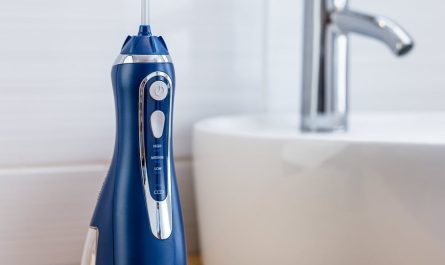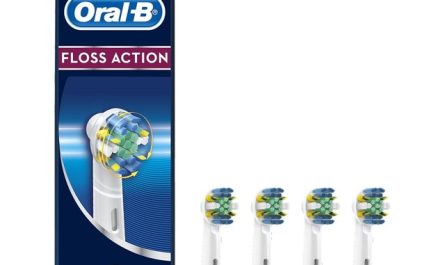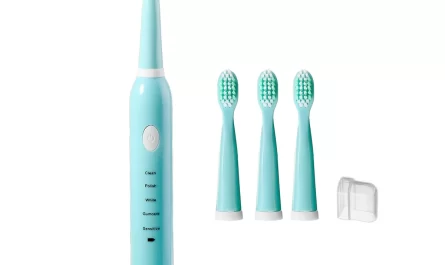The Importance of Regular Dental Hygiene
Maintaining optimal oral health requires more than just regular brushing. While toothbrushes are essential for cleaning surfaces of the teeth, they often miss the gaps and crevices between them. This is where water flossers can significantly improve your oral hygiene routine. Water flossers, also known as irrigators, utilize a stream of pulsating water to remove food particles and plaque from between teeth and below the gum line. But just how often should you use a water flosser for maximum benefit? This article delves into the recommended frequency of water flosser usage and its implications on oral health, offering a comprehensive guide for anyone looking to enhance their dental care routine.
Benefits of Using a Water Flosser
Before determining the frequency of use, it’s crucial to understand the various benefits that water flossers provide. Traditional dental floss can be effective; however, it often requires a certain level of skill and persistence to use effectively. This is where water flossers shine, offering a user-friendly alternative. Studies show that water flossers can be more effective than traditional floss at reducing plaque and improving gum health. They can reach areas that regular floss may struggle with, especially for individuals with braces, bridges, or other dental work.
Using a water flosser not only helps keep the mouth clean but also prevents gum diseases such as gingivitis and periodontitis. By dislodging food particles and bacteria, water flossers provide a refreshing clean that enhances your overall oral health. Moreover, the pulsating jets of water stimulate gums, driving blood flow and promoting healthy tissue growth. For users looking for a thorough clean without the uncomfortable experience traditional flossing can sometimes cause, the water flosser stands out as an effective solution.
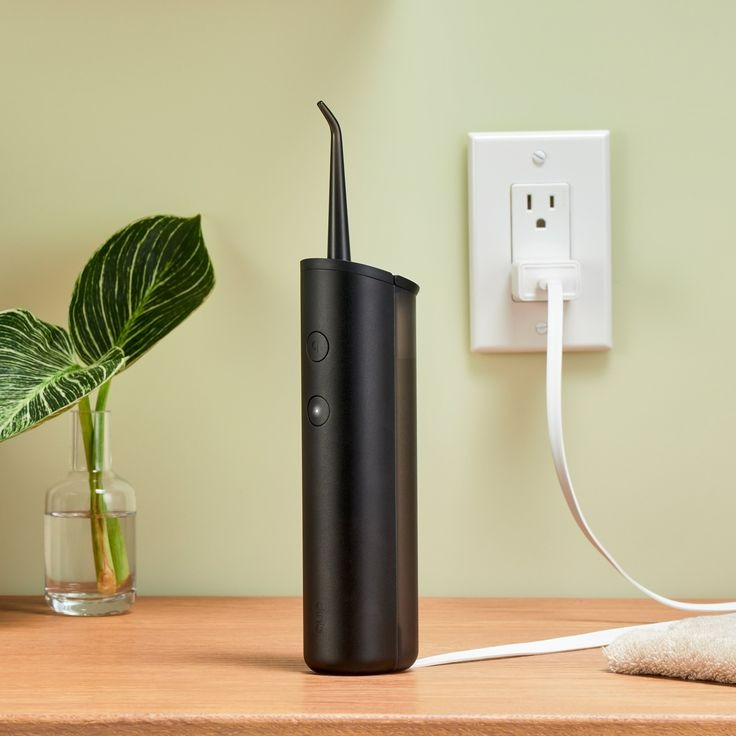
Understanding Water Flosser Effectiveness
When considering ‘how often should you use a water flosser,’ it’s essential to grasp its effectiveness. A water flosser operates by using a stream of pulsating water to clean areas traditional brushing might miss, such as between teeth and along the gumline.
How Often to Use for Optimal Oral Health
For optimal oral health, dentists generally recommend using a water flosser daily. Consistent use helps remove trapped food particles and bacteria. This, in turn, can reduce the risk of gum disease and decay. Daily use also ensures that the benefits of water flossing, such as reduced plaque buildup and mitigation of gum inflammation, are sustained. Most users find that incorporating water flossing into their evening oral hygiene routine is most effective.
Recommended Frequency for Water Flossing
Debate often arises about the best frequency for using a water flosser. The straightforward advice from dental professionals is to floss daily. This ensures the removal of food particles and bacteria buildup, which if left untreated, can lead to serious dental issues.
How Often to Use for Optimal Oral Health
For maintaining oral health at its best, daily flossing with a water flosser is key. The aim is to prevent gum disease and dental decay. Making water flossing a part of your nightly routine could offer the strongest defense against plaque and inflammation.
Integrating Water Flossing into Your Daily Routine
Regular use of a water flosser is essential for good oral hygiene. Making this tool part of your daily routine is simple. It requires just a few minutes each day. Start by setting a specific time for flossing. This helps form a routine habit. Many people choose to floss before bedtime. This clears out any food particles from the day.
Best Times to Use a Water Flosser
The best time to use a water flosser is after meals. This is when food particles are likely trapped between teeth. Evening water flossing is also ideal. It ensures overnight oral hygiene. During sleep, saliva production slows. Low saliva can increase the risk of tooth decay. So, using a water flosser at night can help protect your teeth till morning. For those with a high risk of dental issues, using it after each meal may be best. Remember, consistency is key to reaping the full benefits of water flossing.
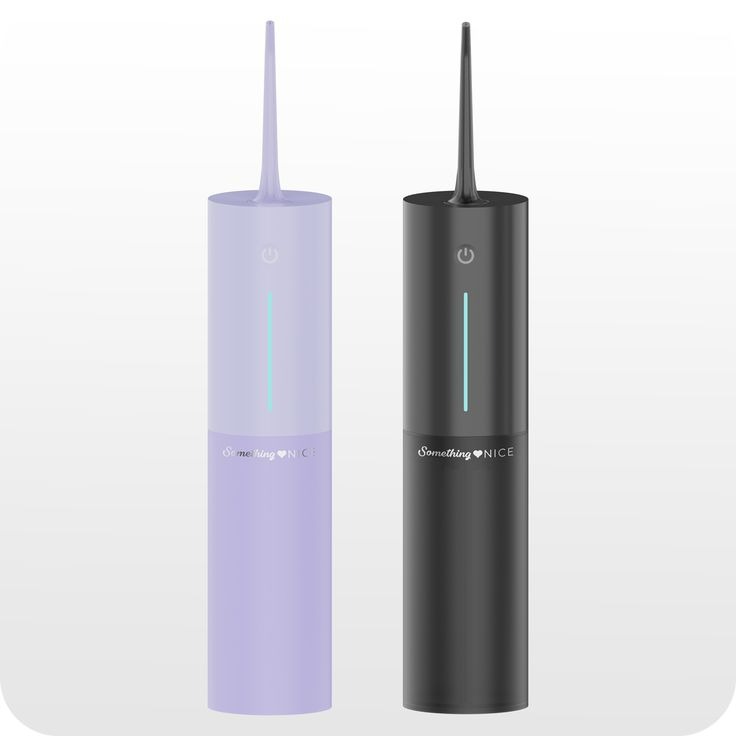
Types of Water Flossers and Their Usage
When it comes to water flossers, variety abounds. Different types cater to specific dental needs and preferences. Recognizing the choices helps you decide how often you should use a water flosser.
Selecting the Right Water Flosser for Your Needs
Selecting the right water flosser hinges on several factors. Consider your dental history and any special needs, like braces or sensitive gums. Look for models designed for orthodontics if you wear braces. If you have sensitive gums, opt for a water flosser with adjustable pressure settings. Think about size and portability if you travel often. Some water flossers come with extra tips and features, offering a more customized flossing experience. Your budget will also play a part in your choice. Assess various models, features, and price points to find your match. Once you select the right water flosser, using it daily becomes an integral step in your oral hygiene routine.
Addressing Common Questions About Water Flossing Frequency
Navigating the dos and don’ts of dental care routines can bring up common queries. Among these, the question of ‘how often should you use a water flosser’ often surfaces.
Can You Overuse a Water Flosser?
It is possible to overuse a water flosser, though it’s rare. Overuse could lead to gum irritation or sensitivity. To avoid this, follow the manufacturer’s guidance on use. Also, listen to your body. If your gums feel sore or bleed, consider using the flosser less frequently or adjusting the pressure. Balance is key. Use the flosser enough to maintain oral health but not so much that it causes discomfort. Remember, daily use is important, but always with care for your gums and teeth.
Tips for Maintaining Your Water Flosser
To keep your water flosser in top shape, you need routine care. Proper maintenance helps it last longer and work better. Here’s what you should do.
Cleaning and Upkeep for Longevity
To extend the life of your water flosser, clean it often. Start by emptying the water reservoir after each use. Dry it to prevent mildew and limescale. Wipe the exterior with a soft, damp cloth. Clean the flosser tips with warm water. Soak them in vinegar occasionally to remove any buildup. Run the machine with a mixture of water and vinegar to clean the internal parts. Follow the manufacturer’s instructions for deep cleaning. Replace the tips every 3 to 6 months. Check for signs of wear or damage regularly. These simple steps will keep your water flosser working well for years.
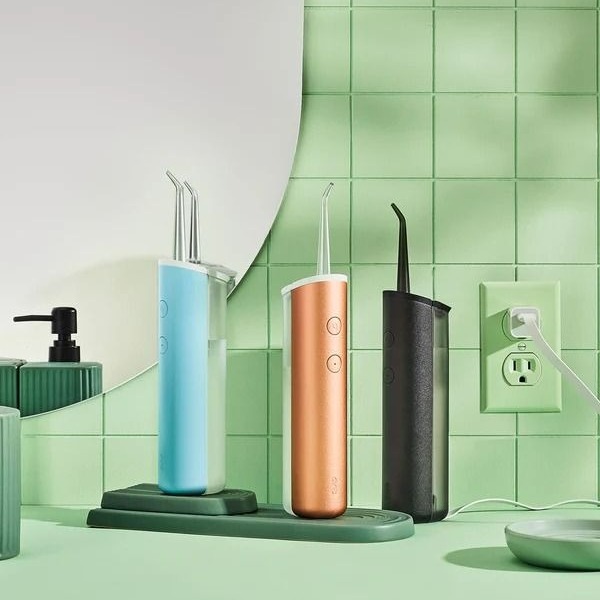
Expert Opinions on Water Flossing
Experts in dental health have varied insights into water flossing practices. Their opinions guide users in forming healthy habits.
What Dentists Say About Water Flossing Frequency
Dentists agree on the significance of regular flossing for oral health. They stress the value of using a water flosser daily. Daily sessions remove debris and plaque, which could otherwise cause decay or gum disease. Most oral health professionals advise using a water flosser as part of the daily oral hygiene regime. They typically recommend flossing at least once a day. Some suggest more frequent use for those with braces or dental implants. It’s important to follow your dentist’s personalized advice on flossing frequency. This is based on individual dental needs and health. Dentists also emphasize not overdoing it to avoid causing gum sensitivity or erosion. Stick to a routine that supports your oral wellness without causing harm. Remember, balance is key to maintain good oral health and reap maximum benefits from water flossing.


